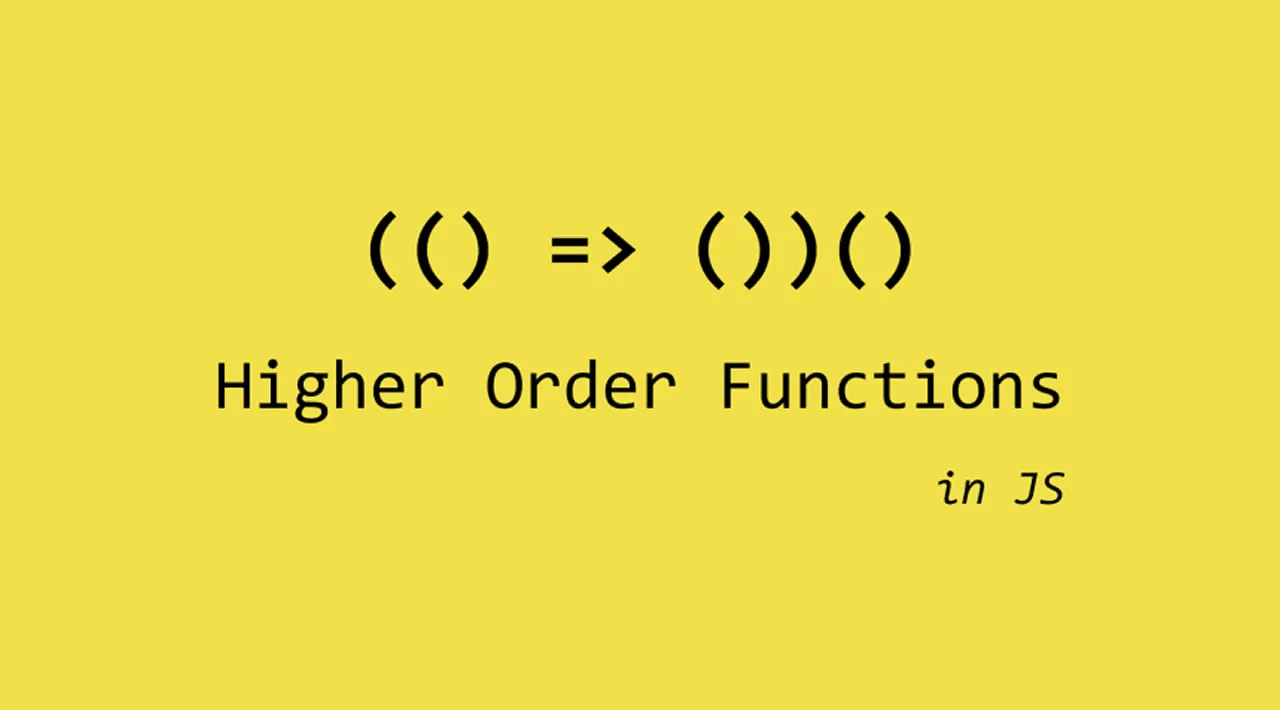JavaScript is partly a functional language.
To learn JavaScript, we got to learn the functional parts of JavaScript.
In this article, we’ll look at how to use closures to create our own higher-order functions.
unary Function
We can create our own unary function that returns a function that only calls one argument.
For example, we can write:
const unary = (fn) =>
fn.length === 1 ?
fn :
(arg) => fn(arg)
We have the fn which is a function.
We check the length property of fn , which returns how many parameters it has.
If it only has one parameter, then we return the fn function.
Otherwise, we return a function that calls fn with only one argument.
This way, we can use functions like parseInt with the map method safely.
For example, we can write:
const nums = ['1', '2', '3'].map(unary(parseInt));
We call the unary function with parseInt so that we can use the callback withn only of parameter to parse the string to an integer.
parseInt takes the value to parse, and the radix as the second argument, so we can’t just pass parseInt straight to map because the radix will be the index of the array entry, which isn’t what we want.
With our unary function, we always call parseInt with only the value passed in.
Therefore, nums is [1, 2, 3] .
#javascript
